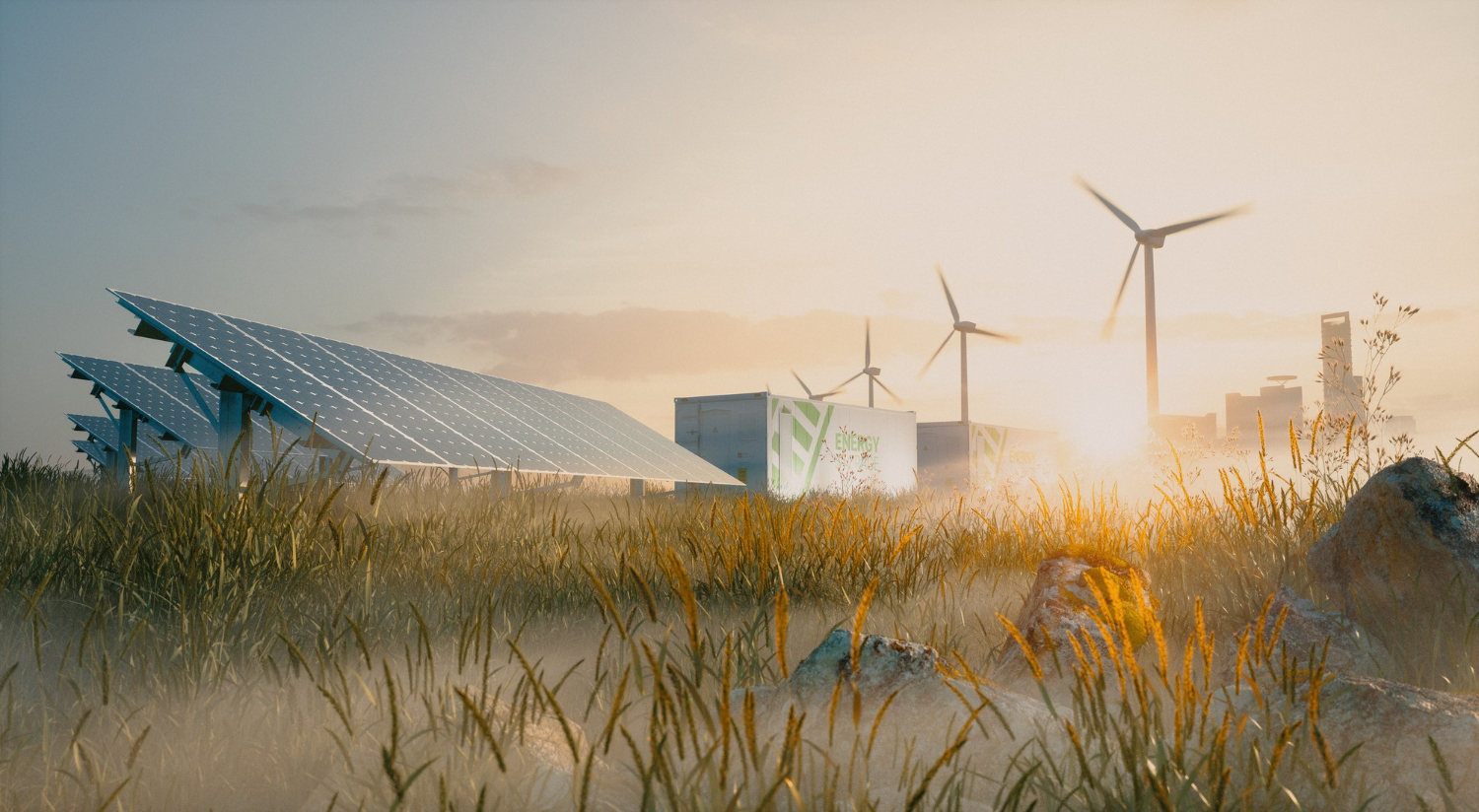
China is taking significant steps in its transition from coal to renewable energy sources with the construction of the second phase of the country’s largest renewable energy power base in the Gobi Desert and other arid regions. This project represents a crucial milestone in China’s pursuit of sustainable energy generation and carbon emissions reduction, as experts in the industry have noted.
The first phase of the project, with a capacity of 1 million kilowatts, was connected to the grid and began producing power in July. By the end of September, it had already generated more than 1 billion kilowatt-hours. This reflects the rapid progress of this renewable energy initiative.
The second phase of this massive endeavour commenced construction in Northwest China’s Ningxia Hui autonomous region. Operated by China Energy Investment Corp, the project is located in the Tengger Desert and boasts a total installed capacity of 2 gigawatts. Once completed, it is expected to generate approximately 3.96 billion kilowatt-hours of clean electricity annually, saving more than 1.2 million metric tons of standard coal and reducing annual carbon dioxide emissions by over 3.29 million tons.
This large-scale project primarily focuses on the development of wind and solar power, with a total installed capacity of 13 million kilowatts. It aligns with the Chinese government’s ambitions to expedite the construction of solar and wind power generation facilities in the Gobi Desert and other arid regions. Experts believe this initiative will play a pivotal role in helping regions like Ningxia, Xinjiang Uygur, and Inner Mongolia upgrade to a new energy-based structure.
Luo Zuoxian, the head of intelligence and research at the Sinopec Economics and Development Research Institute, emphasises that these regions, which previously heavily relied on traditional energy resources for economic growth, possess abundant wind and solar resources. The government’s support not only benefits the local economy but also ensures a steady supply of green power for the country.














